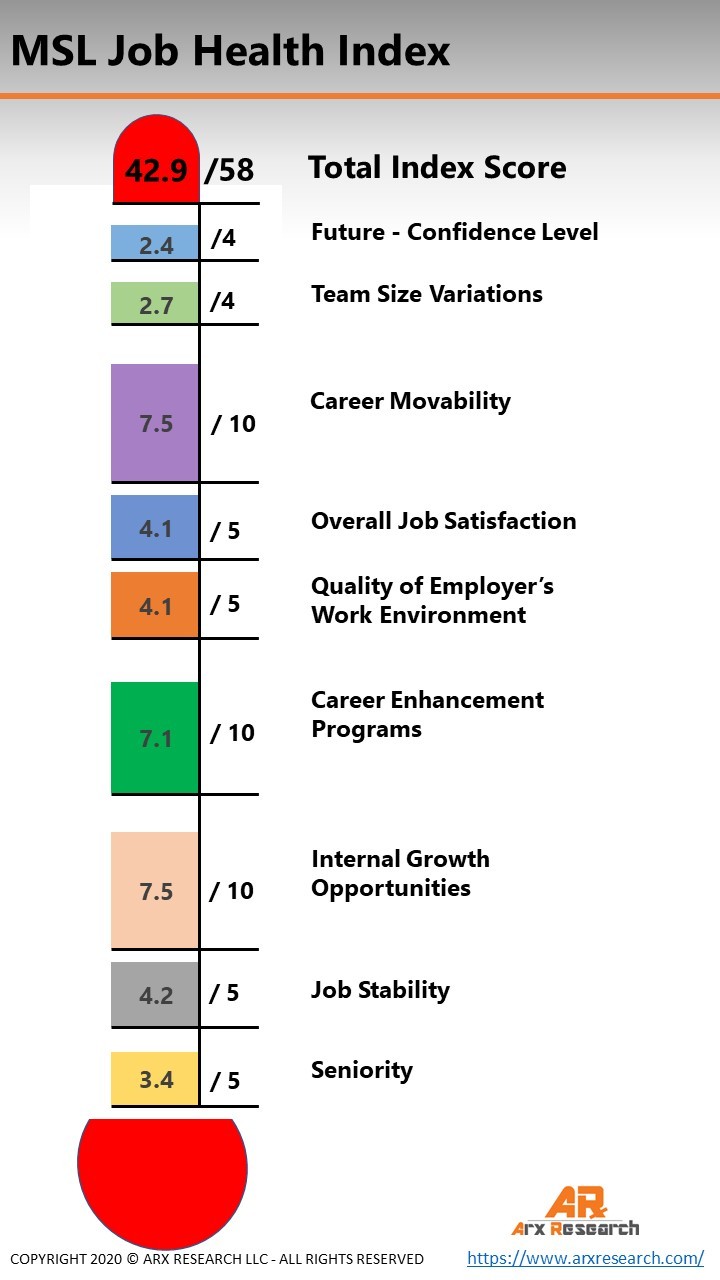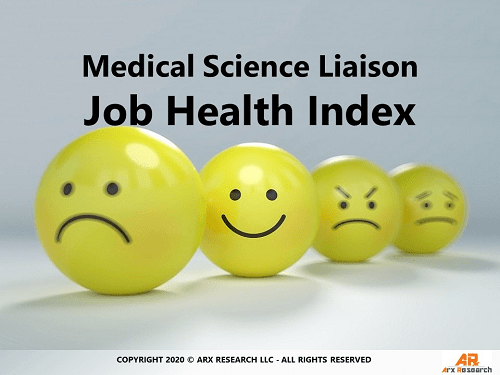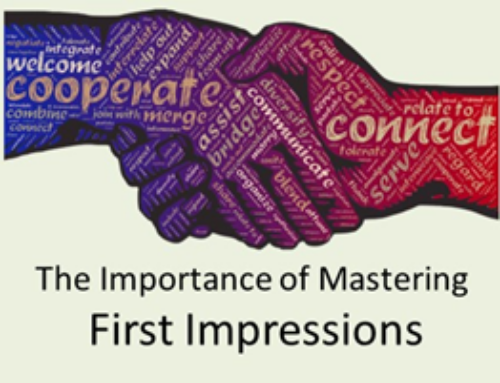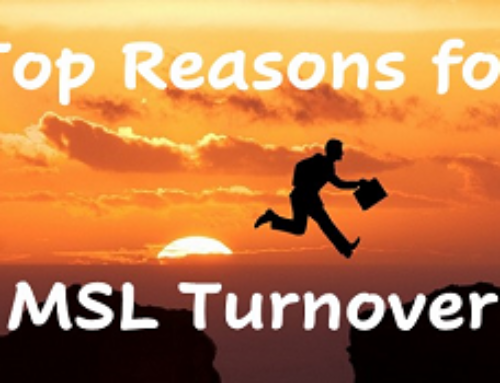The Medical Science Liaison job has been growing over the past 30 years, at first being mostly developed and refined in North America and gradually taking hold in other parts of the world, as companies gradually implemented Medical Affairs function throughout their organization.
Like any other career, a Medical Science Liaison job is not immune to market alterations and more specifically to biopharmaceutical organizations’ changes in a product lifecycle. If the MSL team members cannot be “repurposed” to internal roles or to another upcoming or newly launched product line, they will succumb to layoffs.
But from years of researching the Medical Affair function, we have seldom seen or heard of major disruptions to the Medical Science Liaison job like what a deployed sales force may have experienced.
Nonetheless, there are always industry and organizational pressures that affect the role, and we set out to research how “healthy” Medical Science Liaison careers are and develop and index – this one being the first edition of a yearly initiative – to outline how MSLs feel about their prospect, their organizations’ environment and overall security of their job.
Particularly in the current environment, when a pandemic wreaks havoc amongst many categories of employment, we looked into how MSLs currently feel about their job, what has happened to their role and team, and what they expect in the future. Arx analysts developed a set of metrics to measure how well the role endured the recent chaos and how MSLs perceive their overall conditions and future prospects.
These results are based on the input of close to 200 participants from all corners of the globe. To design a balanced index, questions were developed to gather information on the larger industrial perspective, the organizational status and individual impressions. The following metrics were used to establish the index:
Seniority: This factor scores how long survey participants have been in a Medical Science Liaison role. The more years the individual has been a MSL and the more it drives the score upward. It is meant to show that MSLs can have long careers. At the same time, it is important to see that there is a steady stream of MSLs moving through seniority to ensure replacement and continuity. Our study shows that 47% of study participants have been in a MSL role for up to three years while 53% have more than three years’ experience as a Medical Science Liaison. Scores 3.4 / 5
Job Stability: Like any other job, people move from one organization to another for various reasons (see career movability metrics below). This factor demonstrates how volatile the MSL role may be and if MSLs are job hoppers or not. Results show that 56% of respondents have worked for only one organization, while 34% have worked for two or three companies and 10% for four or more organizations. On average, MSLs have been working for the same organization 3 year and 8 months. Several other factors measured in this index are to be considered regarding job stability. Scores 4.2 / 5
Internal Growth Opportunities: Organizations that offer a structure that supports internal growth helps retain employees. For the most part, survey respondents reported that the organization they currently work for does offer internal opportunities, either lateral or horizontal. It is important to note that smaller organizations do not have as many corporate layers as larger organizations and therefore are limited in their internal growth offering. Scores 7.5 / 10
Career Enhancement Programs: In addition to providing internal opportunities, the study looked if organizations offered internal career enhancement programs. Specifically for MSLs, 65% to 80% of participants reported their organization offering skills enhancement training, either ran by the company itself or through 3rd-party contractors. Regional data shows more European-based organizations offering these programs than in the rest of the world. Scores 7.1 / 10
Quality of Employer’s Work Environment: Organizations have different sets of rules, processes, culture and so on, and each employee may have a different level of comfort with each of these aspects. Medical Liaisons are mostly on the road, traveling for meetings or working from a home-based office, with minimal in-office time compared to most positions. And being remote from the internal “action” may bring of sense of disassociation to the “feel” of the enterprise. It seems in this study that organizations are doing a great job at maintaining a healthy work environment. Forty percent of study participants indicated an “extremely positive” work environment. Scores 4.1 / 5

MSL Job Health Index
Overall Job Satisfaction: MSLs love to be MSLs! 80% of survey respondents indicated they are satisfied or very satisfied with their current job while only 7% pointed to not being satisfied. Larger numbers of satisfied MSLs show in Europe and Asia-Pacific regions than in others. Scores 4.1 / 5
Career Movability: This metric touches the variable of whether the individual or the organization triggered changes in employment, mostly moves from one company to another. While less than half of survey takers indicated they have worked for more than one organization as MSLs, 75% stated the move was a personal decision. Of those, 32% aimed to work for an organization that offered more opportunities while 30% pointed to changing for a better work environment or a position better suited to their profile. Only 6% indicated the main reason for seeking employment in another organization was for better compensation. Scores 7.5 / 10
Team Size Variations: As covered more extensively in this article, MSL teams have remained fairly unaffected by the pandemic, suggesting that the MSL role is both essential and adaptable. Organizations deploy their MSLs based on territories and number of thought leaders these territories contain. Only 8% of survey respondents reported their team had contracted in the past year, while 87% indicated their team either stayed the same size or expanded. Scores 2.7 / 4
Future – Confidence Level: What is more important to see is if there is future positive anticipation for TEAM growth, or at the least stability in the current number of MSLs. Respondents indicated a fairly positive future for their team, with 25% expecting expansion and 62% staying at current levels. US-based MSLs seem to be more positive than counterparts in the other parts of the world, with 34% of them expecting their team to expand. Scores 2.4 / 4
Overall, on a scale of 0 to 58, where 0 is total misery and 58 is the best job in the world, the total score of 42.9 reflects great conditions of employment, stable career development and ample room for continued growth of the role.
For comments or discuss this index, email info@arxresearch.com






